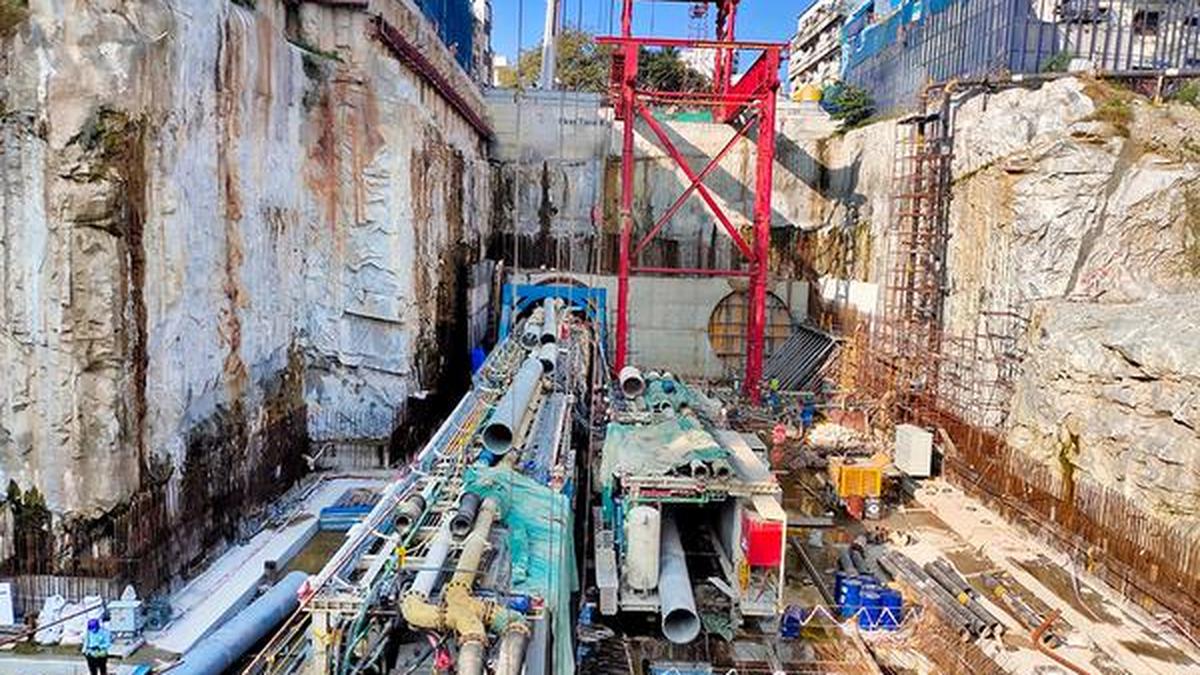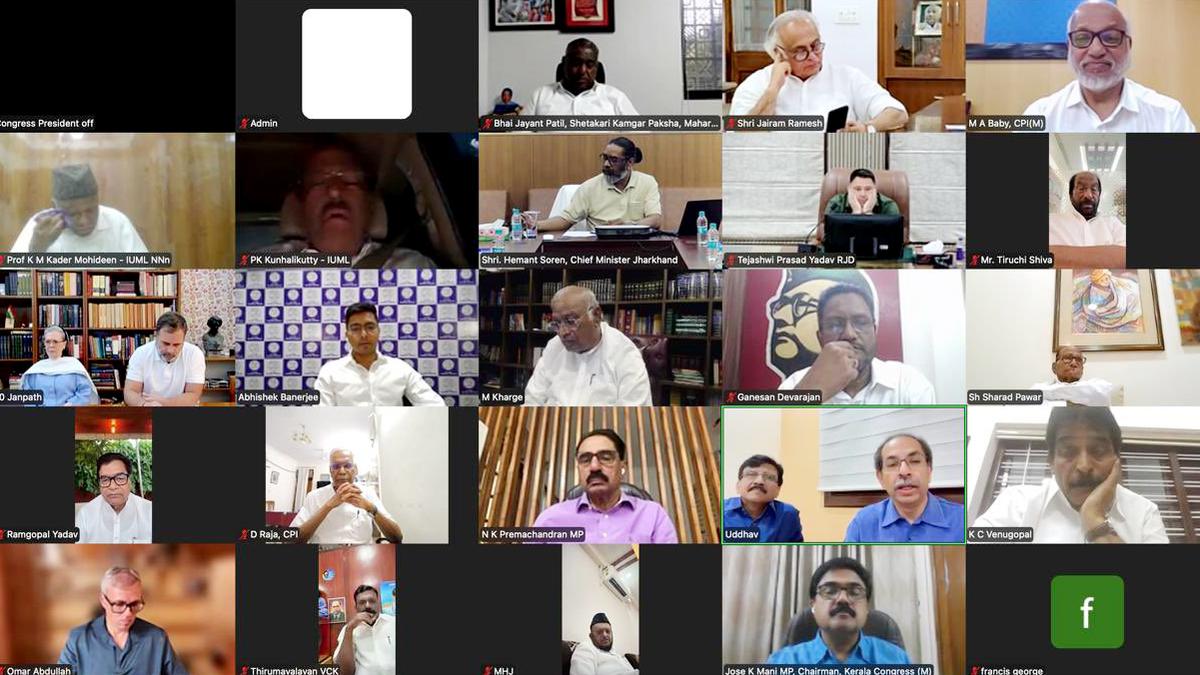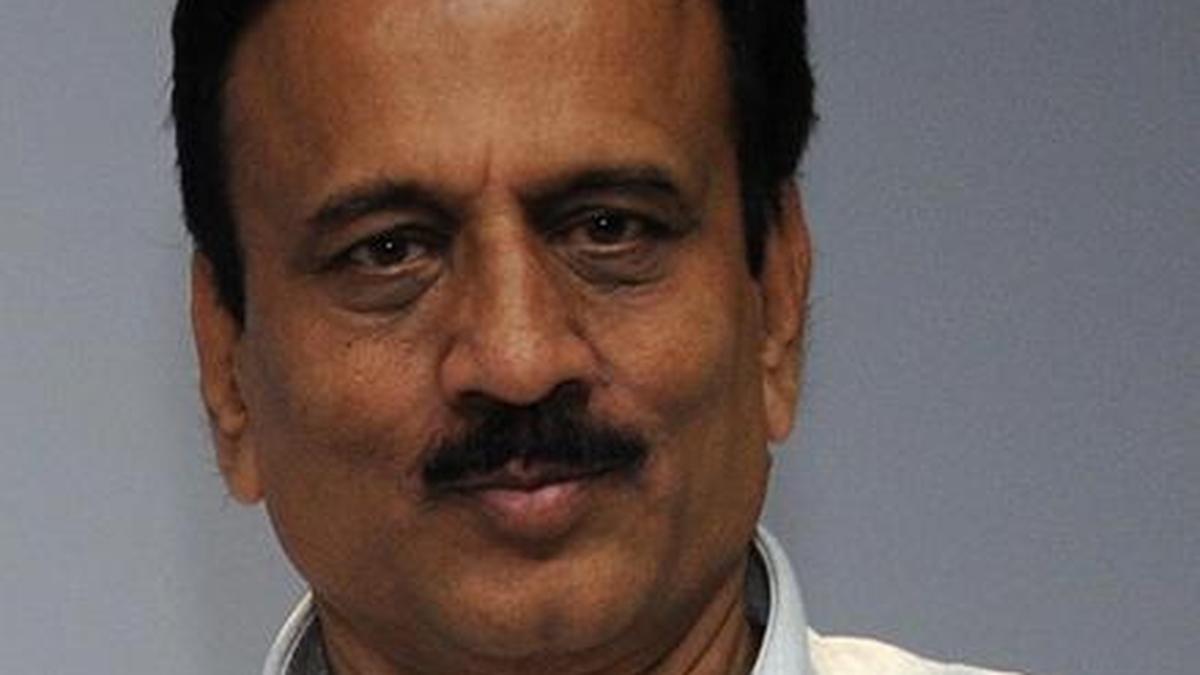Slurry tunnel boring machines (TBMs) will be deployed for the construction of Twin Tunnel Road between Hebbal Esteem Mall Junction and Silk Board Junction in Bengaluru.
The Special Purpose Vehicle, B-SMILE, has ruled out the alternative option of using hard rock TBMs, which are generally more suitable for boulder-heavy terrains. Although this was considered, B-SMILE ultimately preferred slurry TBMs due to Bengaluru’s geological composition, which is a combination of boulders and soil.
B.S. Prahlad, director (Technical), B-SMILE, told The Hindu that hard rock TBMs had been used in a tunnel project in Mumbai, but issues were encountered there. “So, we opted for slurry TBMs instead,” he said.
Slurry TBMs use hydraulic methods to transport the excavated material and are best suited for mixed terrain. Namma Metro has traditionally used a combination of slurry TBMs and Earth Pressure Balance (EPB) TBMs.
“As our terrain is mixed in nature, there’s a high risk of damage to the blades of Hard Rock TBMs. In contrast, slurry TBMs use bentonite, which allows the springs or blades to adjust based on the pressure exerted on the excavator, making it ideal for Bengaluru’s terrain,” Mr. Prahlad explained.
Bentonite, a type of clay, plays a crucial role in slurry TBM operations by helping regulate pressure.
The government has finalised the use of eight TBMs for the project. These will be deployed from five to six different launching shafts to begin excavation. Mr. Prahallad mentioned that the entire project tender has been issued under the Build, Own, Operate, and Transfer (BOOT) model, which means that the winning bidders will be responsible for procuring the TBMs themselves.
When asked about the technical specifications of the TBMs, Mr. Prahlad clarified that it is up to the contractors to decide whether to purchase the machines outright or assemble them locally.
Historically, TBMs used in Bengaluru (by Namma Metro) have averaged a progress rate of 1.6 to 1.7 km per year. While similar efficiency is expected for this tunnel project, the deciding factor will be the nature of the terrain encountered during excavation.
According to Mr. Prahlad, B-SMILE has only provided the borewell survey report along with the tender documents, in compliance with guidelines from the Ministry of Road Transport and Highways. Any further geological analysis is the responsibility of the contractors, given the BOOT model structure of the project.
“The tender clearly states that supporting documents, such as geotechnical data, are to be treated as references only. The contractors are required to conduct their own in-depth analyses,” Mr. Prahlad said.
The Detailed Project Report had originally specified that intrusive surveys would be conducted well before the tendering process. However, with the current model, the responsibility for detailed analysis now rests with the successful bidder.
B-SMILE has rolled out tenders for the 16.7 km long twin tunnel project, aimed at decongesting the city by connecting northern and southern parts.
T.J. Renukaprasad, retired professor of geology, explained that the rationale behind choosing slurry TBMs could be to seal the fracture points in the terrain. “Bengaluru has hard rock terrain, which predominantly has peninsular gneissic rock and is also intruded by many rocks like granite and dolerite. Due to geotechnical activities, there are fractures developed in the terrain; to cement those fractures, they may be using slurry TBMs,” Mr. Renukaprasad said.
He explained that these rocks in the Bengaluru terrain are over 3,200 million years old, and some are 2,500 years old.
Published – August 02, 2025 09:31 pm IST



